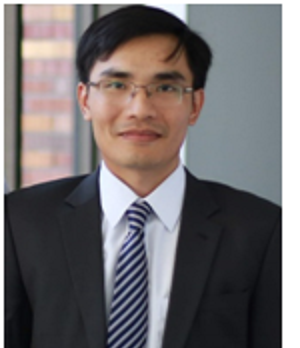SMART COMPUTING IN CIVIL ENGINEERING RESEARCH GROUP (SCCE)
1. Introduction
Along with the development of computer science, intelligent computing methods based on artificial neural networks and machine learning are increasingly being applied in various engineering fields, particularly in civil engineering. Many problems in civil engineering still lack optimal solutions through traditional methods such as analytical, experimental, and numerical methods (finite element method, discrete element method, etc.). Some typical problems include:
o Estimating the ultimate axial load capacity of pile foundations.
o Evaluating the stability of geotechnical problems: tunnel construction, slopes, retaining wall structures, and shallow foundations.
o Assessing the residual strength of corroded reinforced concrete structures.
o Predicting wave height impacting coastal structures.
o Developing an optimized method for the sustainable design of reinforced concrete structures and construction materials.
o Offshore geotechnics and geophysics.
o Soft soil improvement.
Applying intelligent computing methods can help bridge current research gaps while providing optimal solutions for civil engineering practices in Vietnam.
2. Vision and Mission
SCCE aims to become a leading research group in intelligent computing applications in civil engineering. The research directions of the group follow two main criteria:
• Scientific novelty and technological impact: The research should be pioneering and have high potential for practical applications.
• Practical applications: Research problems should stem from real-world demands in civil engineering and be applicable in practice.
Additionally, SCCE is committed to building an academic research environment with high integrity, responsibility, and a long-term goal of serving as a bridge between scientists and enterprises to promote technology transfer.
3. Research Directions
(1) Developing intelligent computing methods combined with field data to address urgent issues such as (i) load-bearing capacity of pile foundations; (ii) effect of reinforcement corrosion on the structural integrity of reinforced concrete;
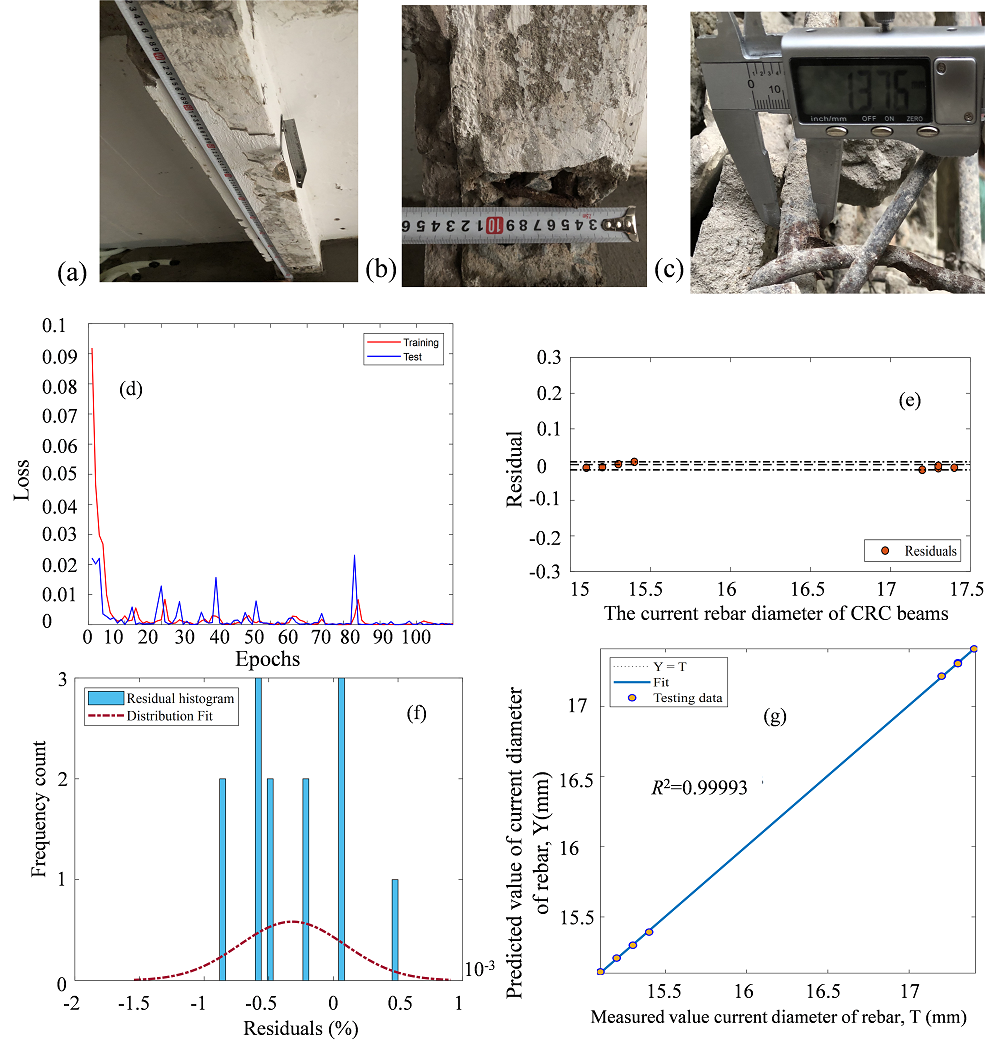
(2) Developing integrated numerical methods by combining artificial intelligence with conventional numerical methods (limit analysis, finite element analysis, isogeometric analysis) to solve geotechnical problems such as slope stability, shallow foundation bearing capacity, and tunnel stability.
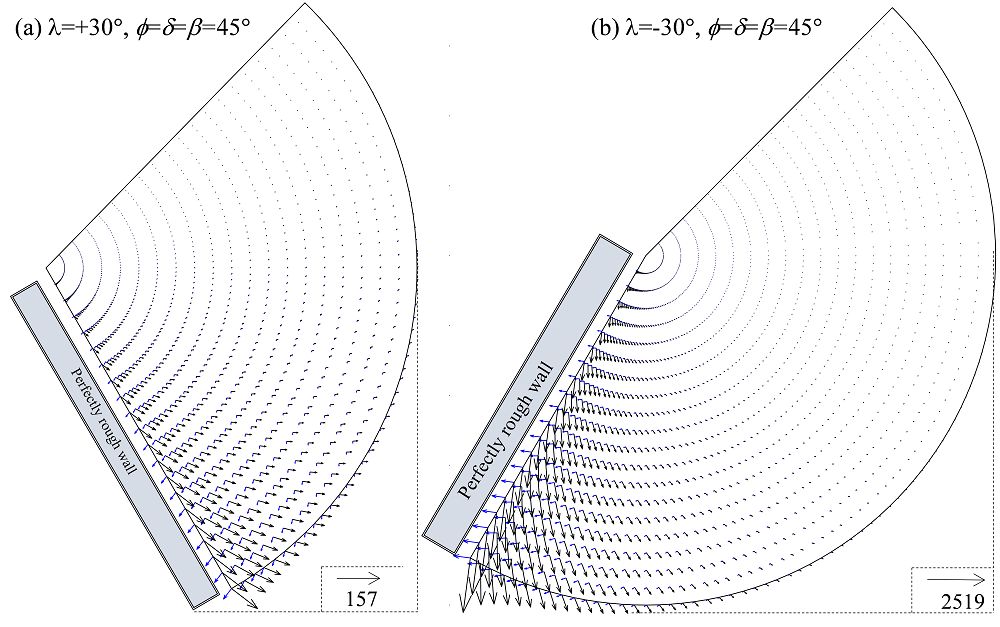
(3) Developing high-precision solutions by integrating numerical, analytical, and artificial intelligence methods to solve problems in geotechnical engineering (earth pressure on retaining walls, seismic effects on geostructures) and coastal engineering (wave height estimation, wave energy dissipation, etc.).
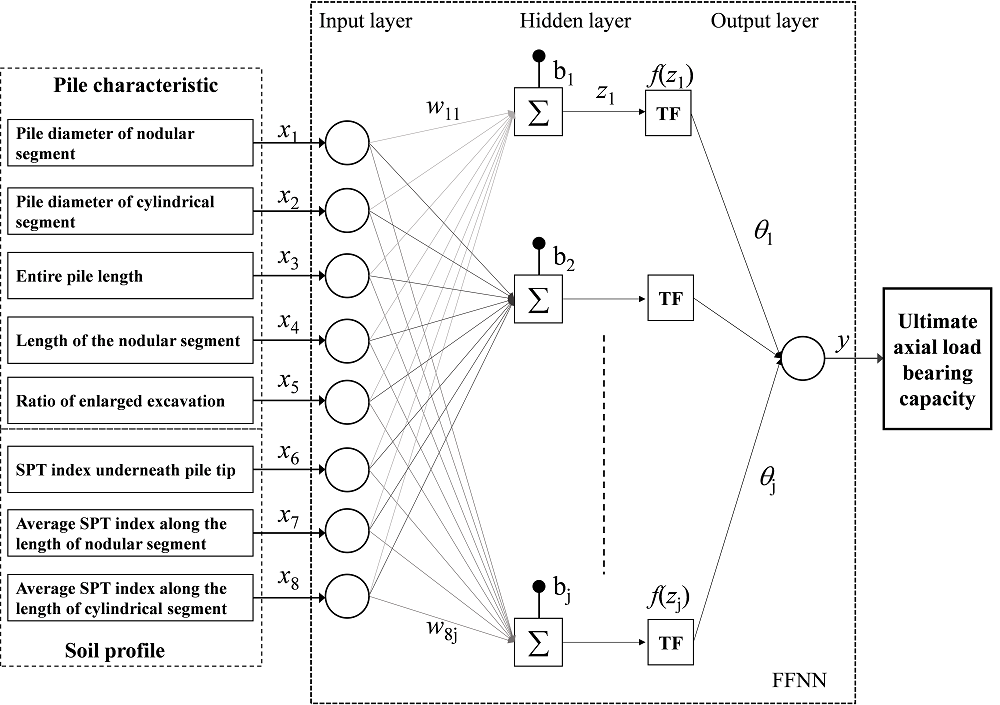
(4) Soft soil improvements.
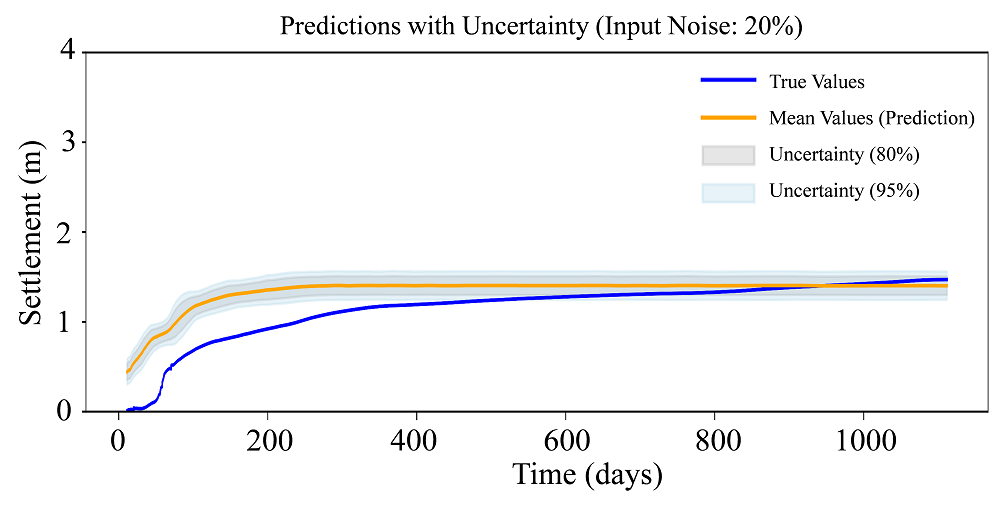
(5) AI applications in offshore geotechnics and offshore geophysics.
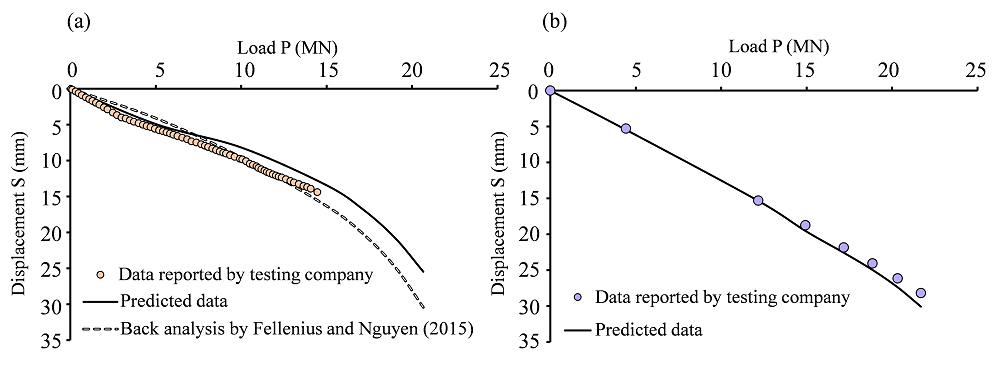
(6) Developing computational wave models based on artificial intelligence and genetic algorithms to predict breaking wave heights, dissipated energy, and other important parameters.
(7) Physics-informed neural networks (PINN).
(8) Reliability theory in geotechnical analysis
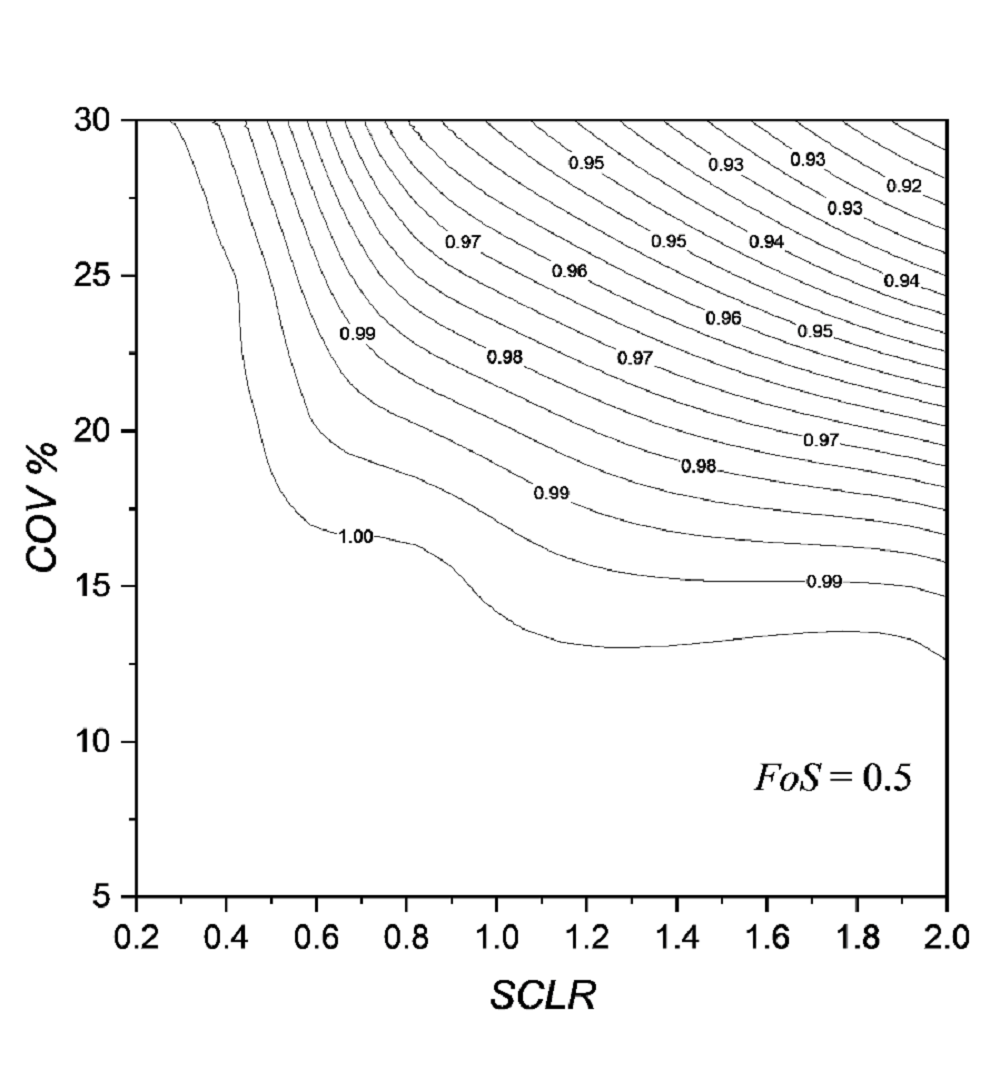
4. Current Members
|
|
Dr. Nguyen Tan |
|
|
Dr. Tran Quang Khiem
|
|
|
|
5. Contact
Dr. Nguyen Tan
Email: nguyentan@tdtu.edu.vn (or nguyen.tan.48c@kyoto-u.jp)
Phone: (+84) 968.720.722
6. List of publications
Dr. Tran Quang Khiem
[1] Duong, N.T., Tran, K.Q., Satomi, T. and Takahashi, H., 2022. Effects of agricultural by-product on mechanical properties of cemented waste soil. Journal of Cleaner Production, 365, p.132814.
[2] Duong, N.T. and Tran, K.Q., 2023. Estimation of seepage velocity and piping resistance of fiber-reinforced soil by using artificial neural network-based approach. Neural Computing and Applications, 35(3), pp.2443-2455.
[3] Tran, K.Q., Satomi, T. and Takahashi, H., 2019. Tensile behaviors of natural fiber and cement reinforced soil subjected to direct tensile test. Journal of Building Engineering, 24, p.100748.
[4] Tran, K.Q., Satomi, T. and Takahashi, H., 2018. Effect of waste cornsilk fiber reinforcement on mechanical properties of soft soils. Transportation Geotechnics, 16, pp.76-84.
[5] Tran, K.Q., Satomi, T. and Takahashi, H., 2018. Improvement of mechanical behavior of cemented soil reinforced with waste cornsilk fibers. Construction and Building Materials, 178, pp.204-210.
[6] Duong, N.T., Tran, K.Q., Luu, L.X. and Tran, L.H., 2023. Prediction of breaking wave height by using artificial neural network-based approach. Ocean Modelling, 182, p.102177.
[7] Rattanapitikon, W., Tran, K.Q. and Shibayama, T., 2015. Estimation of maximum possible wave heights in surf zone. Coastal Engineering Journal, 57(02), p.1550001.
[8] Tran, K.Q., Duong, N.T., Luu, L.X., Tran, L.H. and Rattanapitikon, W., 2023. Development of novel parametric wave model for irregular wave height transformation. Ocean Engineering, 278, p.114493.
[9] Tran, K.Q., Duong, N.T., Luu, L.X. and Tran, L.H., 2024. Unconfined compressive strength of geopolymers based soil: Model development using gene expression programming and a comparison with other computer-based approaches. Mechanics of Advanced Materials and Structures, pp.1-11.
Dr. Nguyen Tan
[1] Nguyen, T., Pipatpongsa, T., Kitaoka, T. and Ohtsu, H., 2019. Stress distribution in conical sand heaps at incipient failure under active and passive conditions. International Journal of Solids and Structures, 168, pp.1-12.
[2] Wanjala, S.C., Pipatpongsa, T. and Nguyen, T., 2020. Experimental realization of incipient active failure in sand heap by seismic loading. Granular Matter, 22, pp.1-16.
[3] Nguyen, T. and Pipatpongsa, T., 2020. Plastic behaviors of asymmetric prismatic sand heaps on the verge of failure. Mechanics of Materials, 151, p.103624.
[4] Nguyen, T. and Tran, L.V., 2021. Arching effect in sand piles under base deflection using geometrically non-linear isogeometric analysis. Geomechanics and Engineering, 26(4), pp.369-384.
[5] Huynh, V.H., Nguyen, T., Nguyen, D.P., Nguyen, T.S. and Nguyen, T.C., 2022. A novel direct SPT method to accurately estimate ultimate axial bearing capacity of bored PHC nodular piles with 81 case studies in Vietnam. Soils and Foundations, 62(4), p.101163.
[6] Nguyen, T., 2022. Passive earth pressures with sloping backfill based on a statically admissible stress field. Computers and Geotechnics, 149, p.104857.
[7] Nguyen, T., Ly, K.D., Nguyen-Thoi, T., Nguyen, B.P. and Doan, N.P., 2022. Prediction of axial load bearing capacity of PHC nodular pile using Bayesian regularization artificial neural network. Soils and Foundations, 62(5), p.101203.
[8] Nguyen, T., Truong, T.T., Nguyen-Thoi, T., Bui, L.V.H. and Nguyen, T.H., 2022, December. Evaluation of residual flexural strength of corroded reinforced concrete beams using convolutional long short-term memory neural networks. In Structures (Vol. 46, pp. 899-912). Elsevier.
[9] Nguyen, T., 2023. An exact solution of active earth pressures based on a statically admissible stress field. Computers and Geotechnics, 153, p.105066.
[10] Nguyen, T., 2023. Statically admissible stress fields in conical sand valleys and heaps: a validation of Haar–von Kármán hypothesis. International Journal of Geomechanics, 23(2), p.04022286.
[11] Nguyen, T.H., Nguyen, T., Truong, T.T., Doan, D.T.V. and Tran, D.H., 2023, May. Corrosion effect on bond behavior between rebar and concrete using Bayesian regularized feed-forward neural network. In Structures (Vol. 51, pp. 1525-1538). Elsevier.
[12] Nguyen, B.P., Nguyen, T.T., Nguyen, T. and Guo, W., 2023. Analytical model for consolidation and bearing capacity of soft soil stabilized by combined PVD-deep cement mixing columns. Bulletin of Engineering Geology and the Environment, 82(7), p.286.
[13] Nguyen-Minh, T., Bui-Ngoc, T., Shiau, J., Nguyen, T. and Nguyen-Thoi, T., 2023. Coupling isogeometric analysis with deep learning for stability evaluation of rectangular tunnels. Tunnelling and Underground Space Technology, 140, p.105330.
[14] Nguyen, T., Ly, D.K., Huynh, T.Q. and Nguyen, T.T., 2023. Soft computing for determining base resistance of super-long piles in soft soil: A coupled SPBO-XGBoost approach. Computers and Geotechnics, 162, p.105707.
[15] Nguyen, T. and Shiau, J., 2023. Revisiting Active and Passive Earth Pressure Problems using Three Stability Factors. Computers and Geotechnics, 163, p.105759.
[16] Nguyen, T. and Fellenius, B.H., 2024. Bidirectional static loading tests on barrette piles. A case history from Ho Chi Minh City, Vietnam. Canadian Geotechnical Journal, 61(5), pp.872-884.
[17] Nguyen-Minh, T., Bui-Ngoc, T., Shiau, J., Nguyen, T. and Nguyen-Thoi, T., 2024. Undrained sinkhole stability of circular cavity: A comprehensive approach based on isogeometric analysis coupled with machine learning. Acta Geotechnica, pp.1-23.
[18] Nguyen, T., Shiau, J. and Ly, D.K., 2024. Enhanced earth pressure determination with negative wall-soil friction using soft computing. Computers and Geotechnics, 167, p.106086.
[19] Nguyen, T. and Shiau, J., 2024. Passive earth pressure in sand on inclined walls with negative wall friction based on a statically admissible stress field. Acta Geotechnica, pp.1-25.
[20] Shiau, J., Nguyen, T. and Ly-Khuong, D., 2024. Unraveling seismic uplift behavior of plate anchors in frictional-cohesive soils: A comprehensive analysis through stability factors and machine learning. Ocean Engineering, 297, p.116987.
[22] Shiau, J., Nguyen, T., Sams, M. and Bhattacharya, P., 2024. Innovative numerical modeling for predicting soil relaxation in the design of twin circular culverts. Scientific Reports, 14(1), p.7689.
[22] Van Tran, M., Ly, D.K., Nguyen, T. and Tran, N., 2024. Robust prediction of workability properties for 3D printing with steel slag aggregate using bayesian regularization and evolution algorithm. Construction and Building Materials, 431, p.136470.
[23] Nguyen, T., Ly, D.K., Shiau, J. and Nguyen-Dinh, P., 2024. Optimizing load-displacement prediction for bored piles with the 3mSOS algorithm and neural networks. Ocean Engineering, 304, p.117758.
[24] Bui-Ngoc, T., Nguyen, T., Nguyen-Quang, M.T. and Shiau, J., 2024. Predicting load–displacement of driven PHC pipe piles using stacking ensemble with Pareto optimization. Engineering Structures, 316, p.118574.
[25] Nguyen-Minh, T., Bui-Ngoc, T., Shiau, J., Nguyen, T. and Nguyen-Thoi, T., 2024. Synergistic Integration of Isogeometric Analysis and Data-Driven Modeling for Enhanced Strip Footing Design on Two-Layered Clays: Advancing Geotechnical Engineering Practices. Engineering Analysis with Boundary Elements, pp.1-23.
[26] Nguyen, T.H., Vuong, H.T., Shiau, J., Nguyen-Thoi, T., Nguyen, D.H. and Nguyen, T., 2024. Optimizing flexural strength of RC beams with recycled aggregates and CFRP using machine learning models. Scientific Reports, 14(1), p.28621.
[27] Nguyen-Minh, T., Bui-Ngoc, T., Shiau, J., Nguyen, T. and Nguyen-Thoi, T., 2024. Hybrid deep learning and isogeometric analysis for bearing capacity assessment of sand over clay. Journal of Rock Mechanics and Geotechnical Engineering.
[28] Shiau, J., Nguyen, T., Pham-Tran-Hung, T. and Sugawara, J., 2025. Probabilistic assessment of passive earth pressures considering spatial variability of soil parameters and design factors. Scientific Reports, 15(1), p.4752.
[29] Nguyen, M.T., Bui, T.N., Shiau, J., Nguyen, T. and Nguyen, T.T., 2025. Stability of rectangular tunnels in cohesive-frictional soil under surcharge loading using isogeometric analysis and Bayesian neural networks. Advances in Engineering Software, 201, p.103861.
[30] Nguyen-Thai, V., Ly, D.K., Nguyen, T. and Nguyen-Thoi, T., 2024, September. An effective optimum design for passive viscous damping control using FVDs/VWDs in multi-story buildings. In Structures (Vol. 67, p. 107004). Elsevier.
[31] Shiau, J., Nguyen, T. and Bui-Ngoc, T., 2024. Passive earth pressure on vertical rigid walls with negative wall friction coupling statically admissible stress field and soft computing. Scientific Reports, 14(1), p.21322.
[32] Nguyen-Minh, T., Bui, T.N., Shiau, J., Nguyen, T. and Nguyen-Thoi, T., 2025. A novel closed-form solution for circular tunnels in cohesive-frictional soils using isogeometric analysis, upper bound limit analysis, and soft computing. Computers and Geotechnics, 180, p.107104.
[33] Shiau, J., Nguyen, T. and Bishal Chudal, 2025. Advanced 3D Finite Element Limit Analysis for Assessing Blowout Stability in Water Main Bursts. Journal of Rock Mechanics and Geotechnical Engineering (In press)
- Log in to post comments


